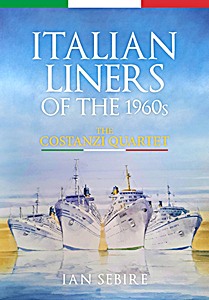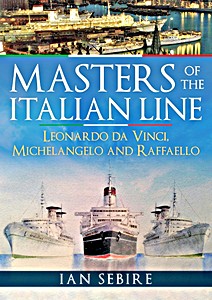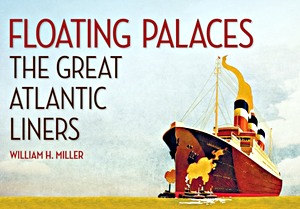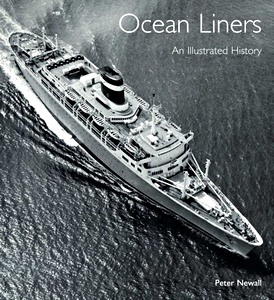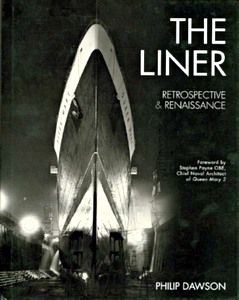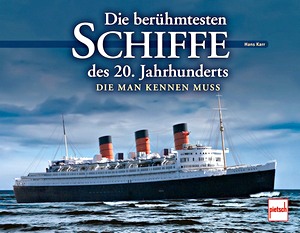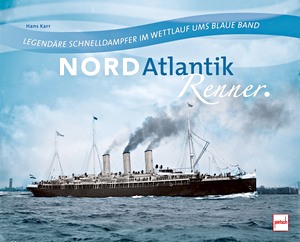Michelangelo e Raffaello - La fine di un'epoca
In the summer of 1960, the first sheets of the transatlantic liners were laid simultaneously on the dockyards of Genoa and Trieste, which would have completed the fleet reconstruction program after the heavy devastation of the war. The twin turbo ships Michelangelo and Raphael were two new ideal liners, perhaps the most beautiful, the most perfect, the most representative of the history of Italian shipbuilding.
In the frenzy of a nation that was projecting itself towards the future with an impetus and enthusiasm unprecedented in the history of the country, they embodied the dream of greatness, the national pride to be exhibited abroad.
The building of Michelangelo and Raphael took very long and from a commercial point of view the delay was disastrous: by now the plane had become the new transoceanic means par excellence, the speed of the means of communication a winning element compared to the comfort and style with which move.
Their career lasted only a decade; from 1965 to 1975 they went through a complex era, reflecting the strong contrasts, the lights and shadows that distinguish the transition from the boom years and the almost blind faith in the future to the dark age of political, social and economic uncertainties and chaos .
Michelangelo and Raphael were truly flagships of the paradox, unconsciously witnessing the rapid evolution and transformation of modern society. They closed forever an era, that of line navigation with New York, and they were the swan song of a world and a way of going to sea of which only extraordinary memories remain that are relived through the pages of this book. An homage to two magnificent Italian liners.
Text in Italian.
Detalle del libro
| Autor: | Simone Bandini, Maurizio Eliseo |
|---|---|
| Presentación: | 322 páginas, 29 x 24 cm, tapa dura |
| Ilustración: | ricamente ilustrado |
| Editorial: | Hoepli Editore (I, 2017) |
| ISBN: | 9788820375416 |
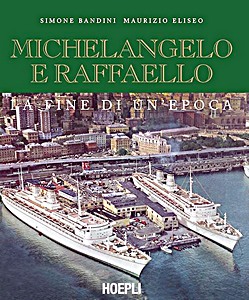
Michelangelo e Raffaello - La fine di un'epoca
Idioma: Italiano
Disponible en Amazon - pago segura y entrega rápido
Comprar en Amazon ESComprar en Amazon.com


